Lighting is a fundamental element of architecture, shaping how we perceive and experience a space. When technology and design converge, this element becomes dynamic, intuitive, and deeply personal. The smart lighting integration in home architecture is no longer a futuristic concept but a practical approach to creating homes that are more beautiful, efficient, and responsive. This guide explores how to seamlessly blend smart lighting into your home’s core design.
Contents
What is smart lighting in an architectural context
Core components of integrated lighting
Smart lighting integration in home architecture goes far beyond simple app-controlled bulbs. It is a foundational system, planned from the blueprint stage to harmonize with the building’s design, aesthetics, and your lifestyle. This approach treats lighting as an essential architectural layer, not a technological afterthought. It relies on several key components working in unison to create a truly intelligent and responsive environment.
- Layered Lighting Design: Architects strategically combine ambient, task, and accent lighting. A smart system gives you dynamic, independent control over each layer, allowing you to craft perfect scenes for any activity or mood.
- Centralized Control Systems: The core of this integration involves smart switches and dimmers wired directly into the home. These components, which are fundamental to how smart home lights work, are managed by a central hub for flawless control over entire circuits.
- Sensors and Automation: Occupancy and daylight sensors provide hands-free automation. Lights can turn on when you enter a room and dim based on available natural light, maximizing both convenience and long-term energy efficiency.
The tangible benefits of integrated smart lighting
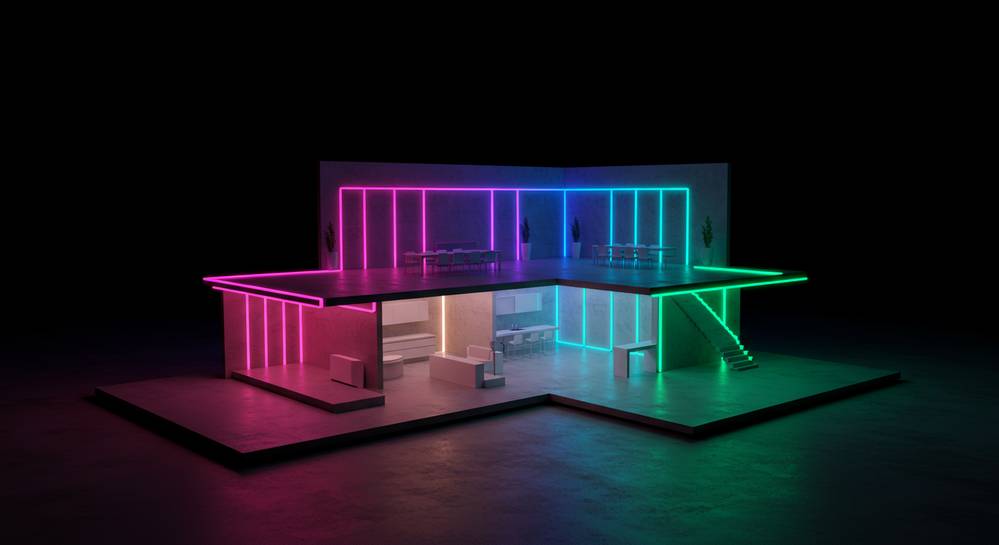
Properly executing a smart lighting integration in home architecture offers compelling benefits that elevate your daily life. These advantages transform your living experience, boost efficiency, and can even increase your property’s value. The system moves beyond convenience to become an integral part of your home’s function and feel. The most significant gains are seen in three key areas.
- Enhanced Ambiance and Well-being: Create preset lighting scenes for any activity, from cooking to relaxing. With tunable white lighting, you can mimic natural daylight patterns to support your body’s circadian rhythm, which can improve both mood and focus throughout the day.
- Superior Energy Savings: Automation and smart dimmers significantly cut electricity use. Lights automatically turn off in empty rooms, while daylight harvesting sensors dim artificial lights when sunlight is sufficient, leading to substantial long-term cost reductions.
- Increased Security and Peace of Mind: Integrate lighting with your security system to create a lived-in appearance when you are away. Scheduling lights to mimic occupancy can deter intruders, and motion-activated lights illuminate pathways, helping to undefined.
Planning your smart lighting integration from the ground up
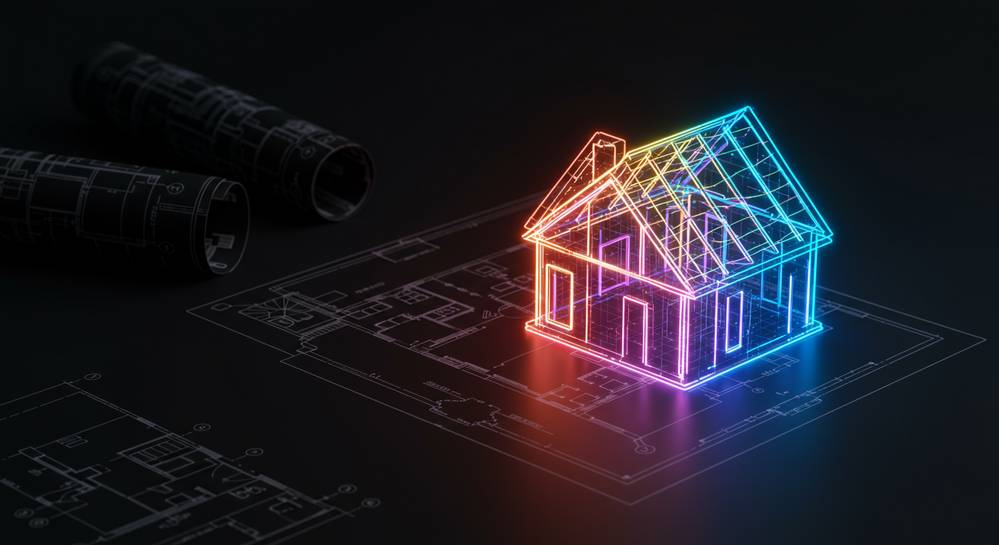
A truly effective smart lighting integration in home architecture results from careful planning, not last-minute additions. To achieve a seamless system, it must be considered during the earliest design or renovation phases. This proactive approach ensures that wiring, fixture placement, and control infrastructure are thoughtfully built into the home’s structure, avoiding costly retrofitting later on.
Early collaboration with professionals
The most critical step is involving a lighting designer or knowledgeable electrician during the architectural planning phase. They can help map out wiring for smart switches, determine optimal fixture placement, and ensure all components are compatible. This early collaboration is a cornerstone of undefined correctly from the ground up.
Choosing the right control protocol
The communication backbone of your system is vital. While Wi-Fi is common for DIY products, professional integrations often use more robust protocols like Zigbee or Z-Wave for reliability. The emerging Matter standard is set to unify these platforms, simplifying compatibility and future-proofing your investment for years to come.
Mapping your lighting zones
Consider how you use each space in your home. An open-plan area might need multiple zones: bright task lighting for a kitchen island and warm, dimmable light for a dining area. Planning these zones in advance allows you to create versatile and functional lighting scenes tailored to your lifestyle.
Advanced concepts and future trends
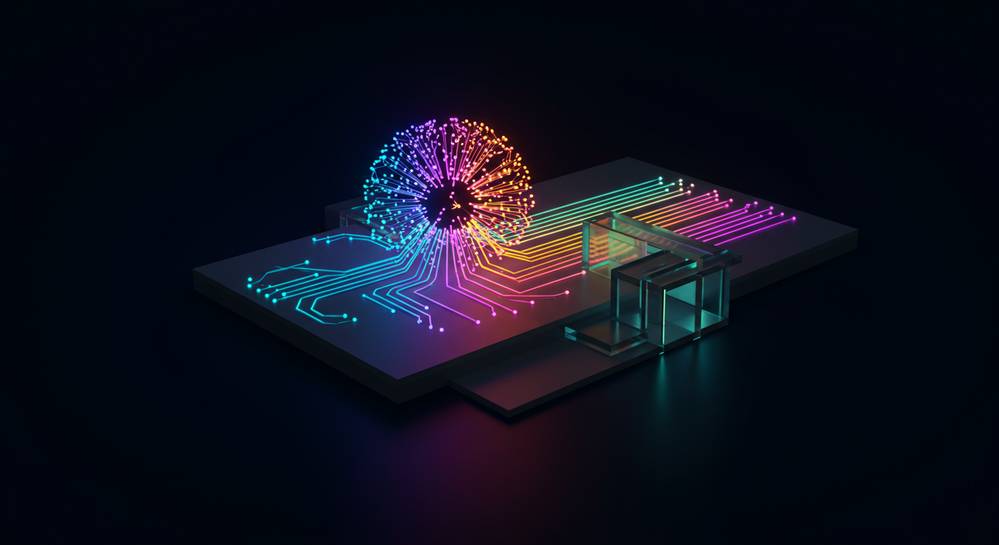
As technology evolves, the capabilities of smart lighting are expanding rapidly. The future of smart lighting integration in home architecture is moving toward systems that are more intuitive, adaptive, and deeply connected to our well-being. These advancements are transforming lighting from a reactive convenience into a proactive element of a healthy and efficient home. Understanding these trends is key to future-proofing your architectural design.
- Human-Centric Lighting: This major trend focuses on mimicking natural daylight to support human health. Systems automatically adjust color temperature and intensity throughout the day, promoting alertness in the morning and relaxation in the evening to align with our natural circadian rhythms.
- Deeper Ecosystem Integration: Beyond voice assistants, lighting is becoming more intertwined with other smart systems. For instance, your lights could flash to signal a security alert, dim when you start a movie, or coordinate with smart blinds to optimize natural and artificial light.
- AI and Predictive Automation: The future lies in lighting that learns from your habits. AI-powered systems will anticipate your needs, adjusting the lighting based on the time of day, your presence, and past behaviors without requiring any manual input.
Ultimately, treating smart lighting as an integral part of architecture unlocks its true potential. It elevates a home from being simply functional to being responsive, efficient, and perfectly attuned to your lifestyle. By prioritizing planning and design, you create an environment that enhances both aesthetics and daily well-being. For more insights into creating an intelligent home, explore the resources at Home Gadget Digest.





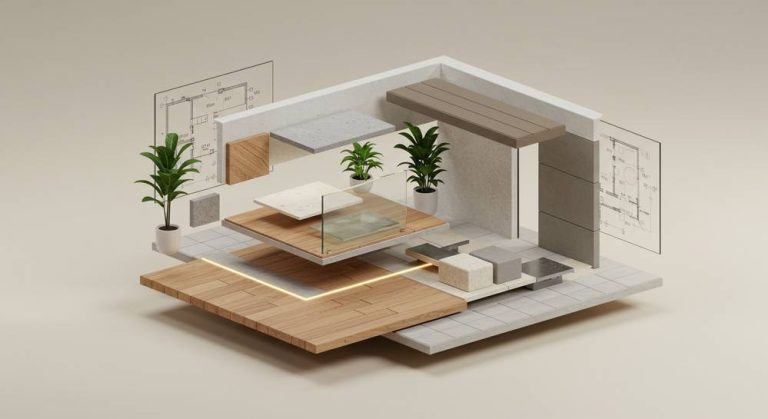



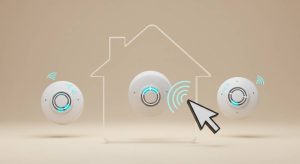






+ There are no comments
Add yours